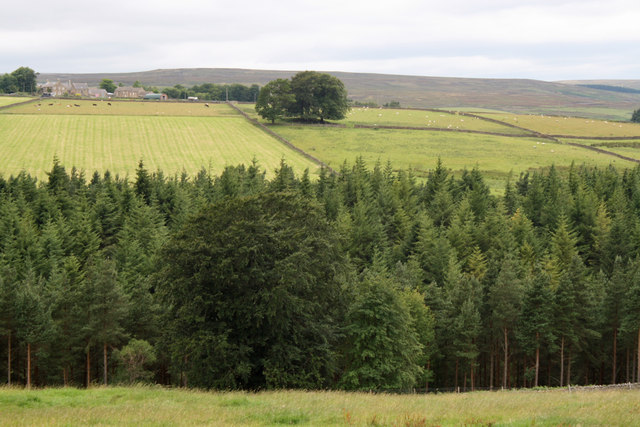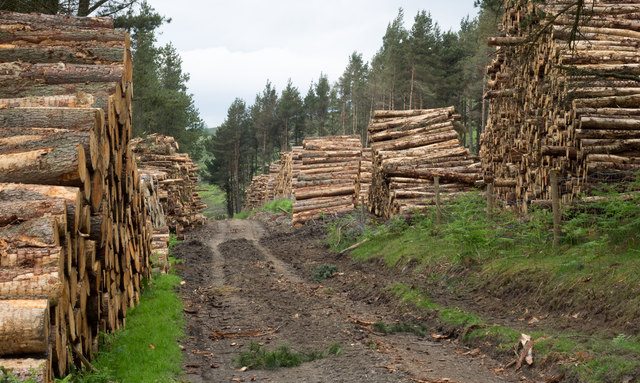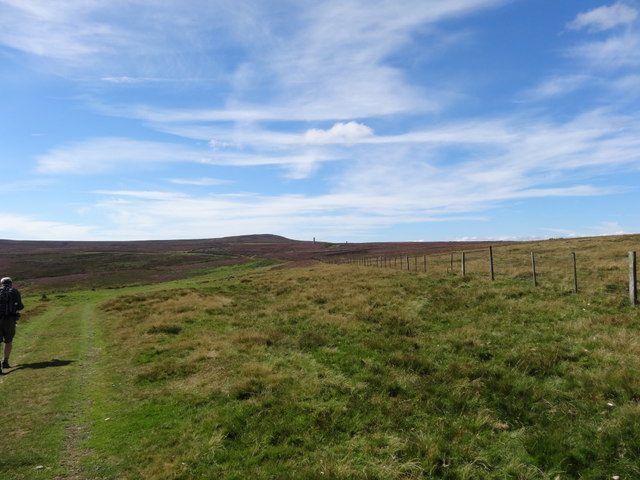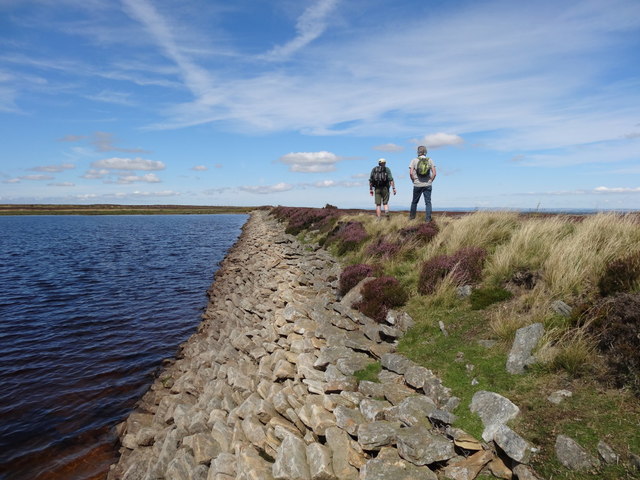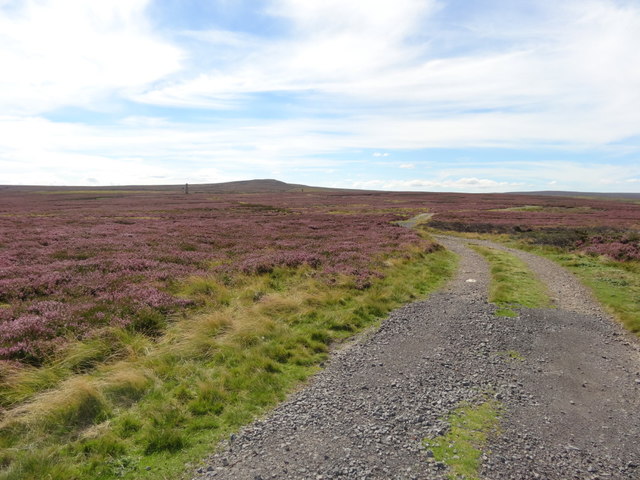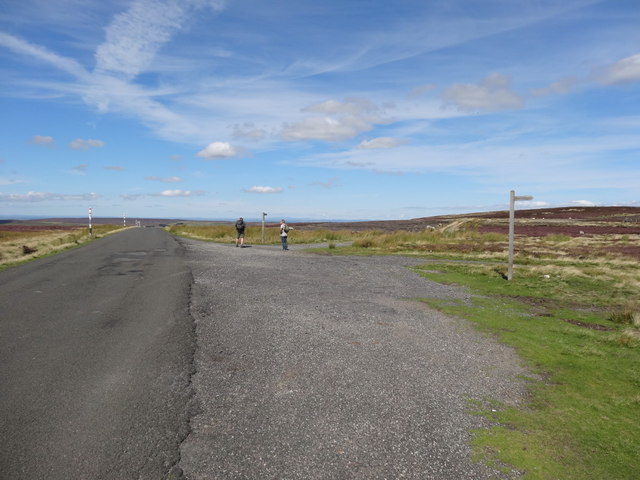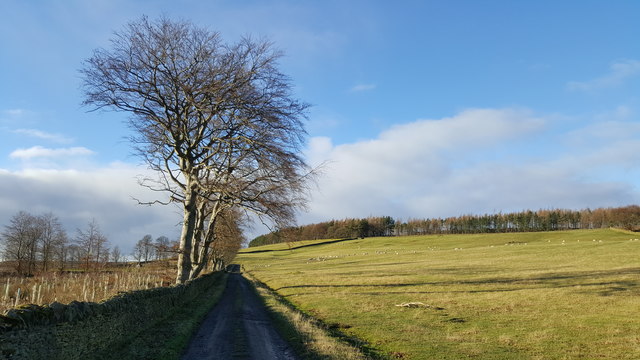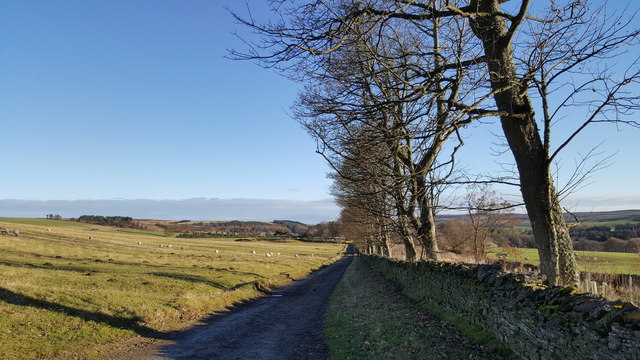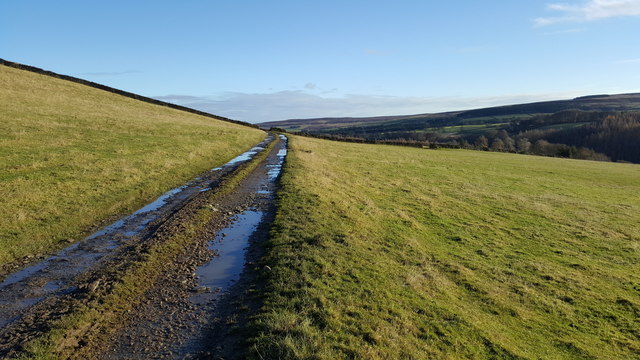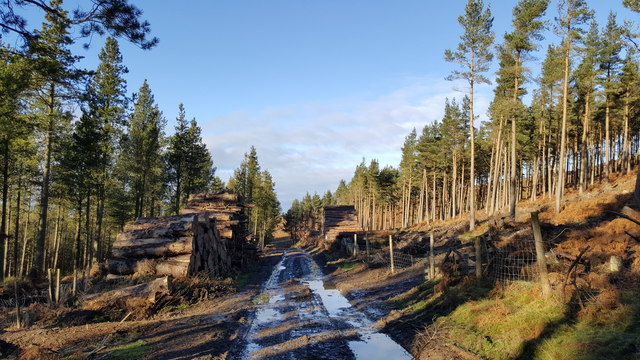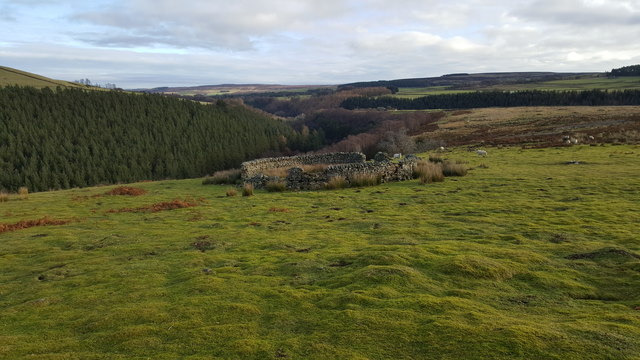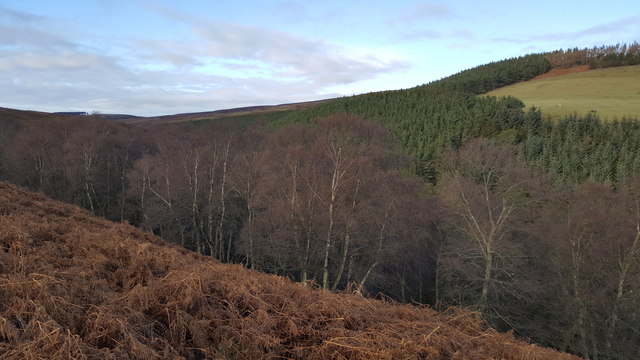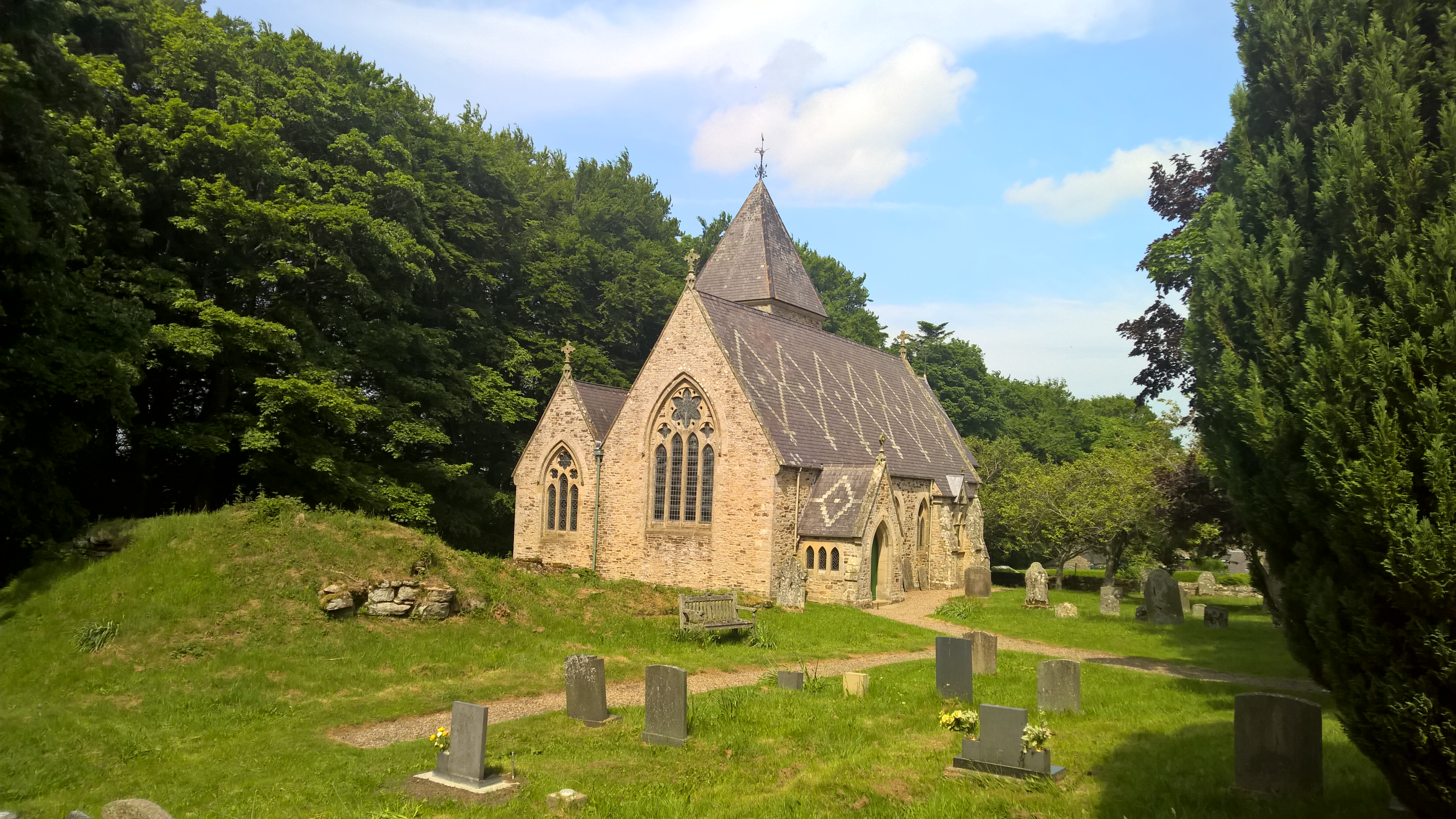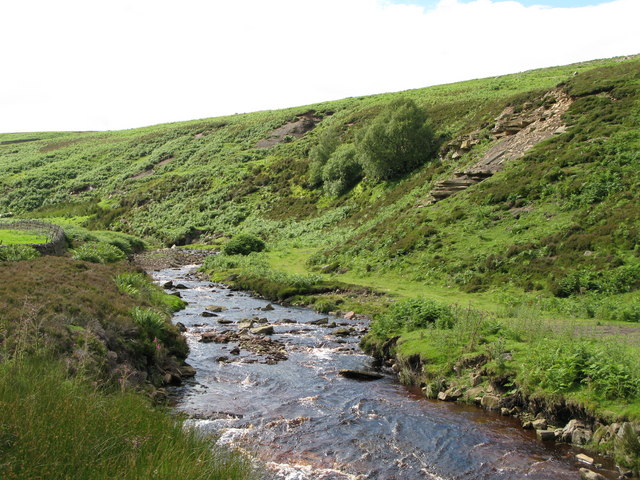Townfield
Settlement in Durham
England
Townfield
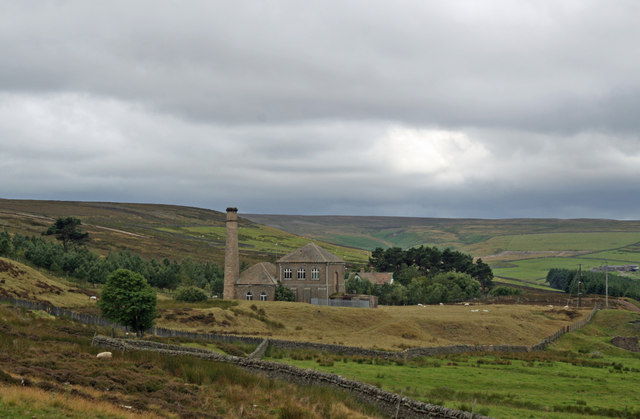
Townfield is a small village located in County Durham, in the northeast of England. Situated about 7 miles southwest of the city of Durham, Townfield is nestled amidst picturesque countryside, offering residents and visitors a peaceful and rural environment.
The village itself is characterized by a traditional English charm, with a scattering of quaint cottages and well-maintained gardens. The community of Townfield is close-knit, fostering a strong sense of belonging and camaraderie among its residents. The village is home to a small population, estimated to be around 500 people, creating a close community atmosphere.
Although Townfield is predominantly residential, it benefits from its proximity to Durham city, with easy access to a range of amenities and services. The city provides opportunities for employment, education, and shopping, making Townfield an ideal location for those seeking a tranquil rural lifestyle without being too far from urban conveniences.
Surrounded by beautiful natural landscapes, Townfield offers ample opportunities for outdoor activities. The village is close to the River Wear, which provides scenic walks and fishing spots. Additionally, the nearby Durham Dales and North Pennines Area of Outstanding Natural Beauty offer stunning countryside vistas, perfect for hiking, cycling, and exploring.
Overall, Townfield presents an idyllic rural retreat with a strong sense of community, while still providing access to the wider amenities and opportunities available in Durham city.
If you have any feedback on the listing, please let us know in the comments section below.
Townfield Images
Images are sourced within 2km of 54.829635/-2.0777849 or Grid Reference NY9548. Thanks to Geograph Open Source API. All images are credited.

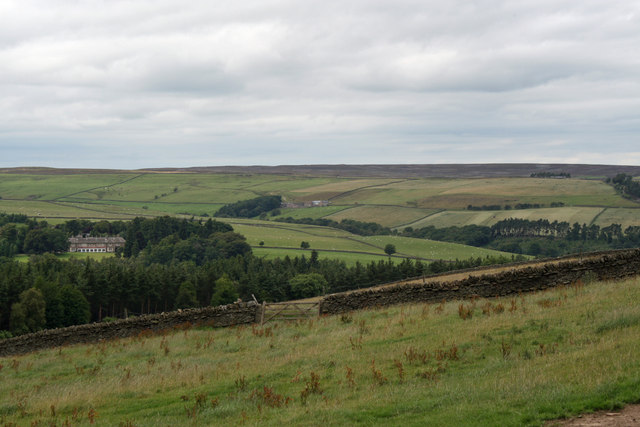
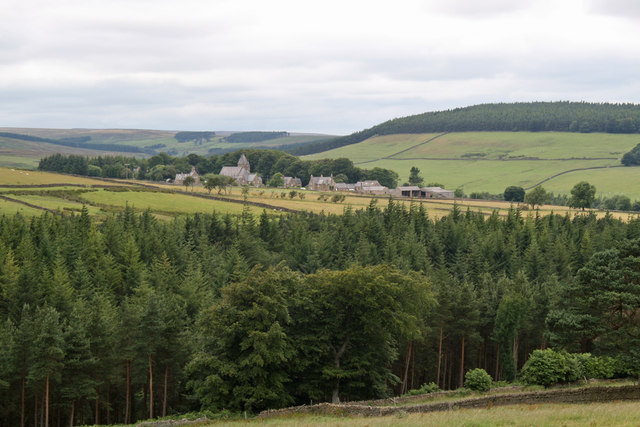
Townfield is located at Grid Ref: NY9548 (Lat: 54.829635, Lng: -2.0777849)
Unitary Authority: County Durham
Police Authority: Durham
What 3 Words
///tablet.exhaling.shams. Near Muggleswick, Co. Durham
Nearby Locations
Related Wikis
Townfield
Townfield is a village in County Durham, in England. It is situated just to the south of Hunstanworth and part of that parish, about 10 miles (16 km) west...
Hunstanworth
Hunstanworth is a village in County Durham, England. It is situated approximately 10 miles to the west of Consett, south-west of the village of Blanchland...
Ramshaw, Consett
Ramshaw is a small village in County Durham, in England. It is situated to the south of Hunstanworth, a few miles west of Consett. Lead mining was an important...
Beldon Burn
Beldon Burn is a headwater stream of the River Derwent in Northumberland and County Durham, England.It rises at Quickcleugh Moss as the Quickcleugh Burn...
Nearby Amenities
Located within 500m of 54.829635,-2.0777849Have you been to Townfield?
Leave your review of Townfield below (or comments, questions and feedback).
